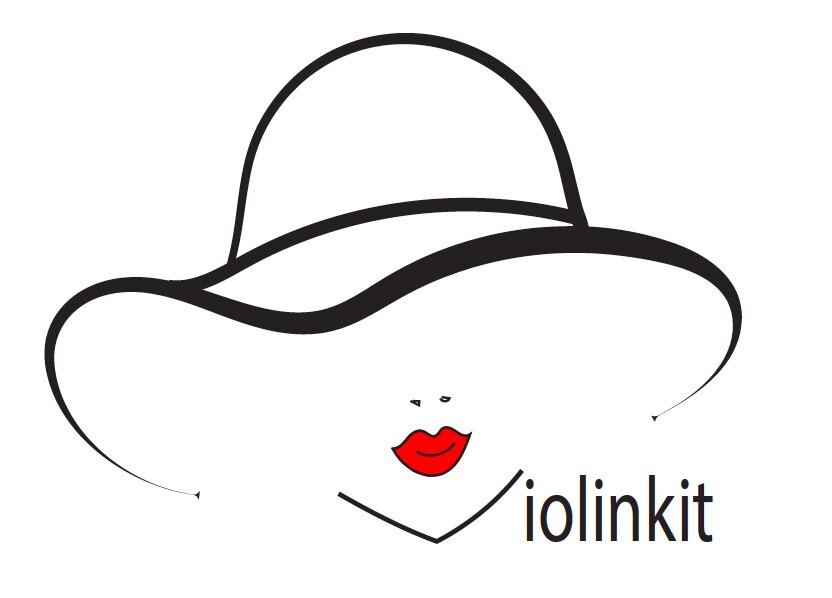Kimono Crazy!
Amidst the haze and heat of this unique June summer, that has been bestowed upon us here in Ireland by some higher power that we will never know , it has come to my attention that all my rantings of Summers past and their pathetic offerings of cold dismal days have been put abruptly to bed.
I will hold my tongue now and have no reason to rant about how we cannot enjoy the easiness of Summers promise and carefree clothing that lights the air. There is no need to hide away behind a film of fabric and limbs that were long hidden away get to breath the scented warmth again. The sight of demure pastel ladies in their neat attire and more daring vibrant darlings colour my path where ever I roam these days.
The excitement fills my lungs and I feel the change of mood everywhere. Modern fashionista's and boho babes dance their tune while Vintage darlings show their wares. A myriad of various styles float before me and I am spoilt for choice. Exotic style makes me forget that this sun kissed land is not the norm . Brown hued skin embellished with gold and silver and rings on toes and where they go nobody knows..........
I find my style and clothing easing and relaxing as the golden days of sunshine merge into weeks. My style flutters from shorts to Dresses and I am overwhelmed by this unaccustomed freedom and opportunity to use and wear my light and silky summer clothes. I resurrect zipped bags from the attic and marvel at the classic endurance of their contents. No dating for these babies they are as fresh and modern as they were all those classic years ago.
As I sort through these gems I come across an asortment of my much loved kimonos. These babies have kept the faith and have proved their worthiness to deserve a place in my covetable space in the attic. Well worth the precious space they occupy and as I sift through the various styles realise what an invaluable asset to any summer wardrobe the Kimono is.
The Kimono was originally the Japanese word for clothing. In recent years the word has been reserved for classic Japanese style clothing . Kimonos as we know them today through the fashion world first came into being during the Heian period (794-1192).... so a very ancient piece of traditional dress history..
Before the Heian period (called the Nara period 710-794) Japanese people typically wore either outfits consisting of separate upper and lower garments (trousers or skirts) or one piece garments. In the Heian period that all changed with the introduction of the Kimono which was a new garment making technique consisting of cutting fabric in straight lines and sewing them together. With this method Kimono makers did not have to measure the wearer as one size fitted all.
Straight line cut Kimonos offered many advantages , They were easy to fold and store . They were suitable to wear in winter and summer and could be layered for warmth in the colder months and so these advantages helped surge the popularity of Kimono wearing into the everyday lives of the Japanese people. As the practice of layering Kimonos became more popular the people became more aware of colours and how to layer with them and so developed a strong penchant for vibrant and arousing use of colour in their Kimono wearing habits. The different colour combinations used in their Kimono usually represented the seasons or which social class they belonged to.
The Kamakura period (1192-1338) and the Muromachi period (1338-1573) saw both men and women wearing the brightly coloured kimonos. Warriors dressed in loud colours that represented their leaders and often the battle field was as colour focused as the first day of fashion week! The Edo period (1603-1868) saw the Tokugawa clan rule over Japan and with it they brought feudal domains that divided the country. The samurais of each domain wore their own distinct outfits and these consisted of a three part ensemble, a kimono, a sleeveless garment known as a kamishimo worn over the kimono and a hakama which was a trouser-like split skirt. Kimono makers became very skilled at their craft and the quality of the kimono became very high standard and so grew into an art form and consequently became very expensive and so Kimonos became family heirlooms and were handed down from generation to generation.
The Meiji period (1868-1912) saw Japan heavily influenced by the western world. The Japanese government encouraged the people to adapt western ways and clothing styles. Government officials and military personnel were required by law to wear Western clothing. Ordinary people were only required to wear the kimono on special occasions . Nowadays Japanese people rarely wear the kimono in everyday life. They are still worn however on special occasions like weddings, funerals, festivals etc.
The Kimono style has remained popular in the Western world as it has gained credit on the fashion catwalks especially over the last few years. Its versatility has made it a smart choice as a colourful and interesting alternative cover up. It has appeared at wedding and festivals alike and the varied length and style has insured there is a kimono suitable for every occasion.
Needless to say I am a big fan and like to wear mine in a variety of wears. The short style I like to pair with shorts for a carefree boho look. The longer style looks great with skinny jeans or leggings and is more conducive to wearing in the autumn and spring. The dressing gown style kinono is also a must for me and I have picked up several over the past few years from Penneys/Primark to some silk vintage styles.
Kimonos also make great beach cover-ups and look cool and sexy worn over a bikini and will bring you into the wee hours of cocktails and song swapping. I am going to showcase a few of my looks now wearing my favourite pieces. Hope you enjoy them .
What is your opinion on Kimono wearing ? Are you like me , and can't live without at least one in your summer wardrobe or are you a novice and have not experimented yet....... Love to know in the comments.
Lots of love Violinkit.














